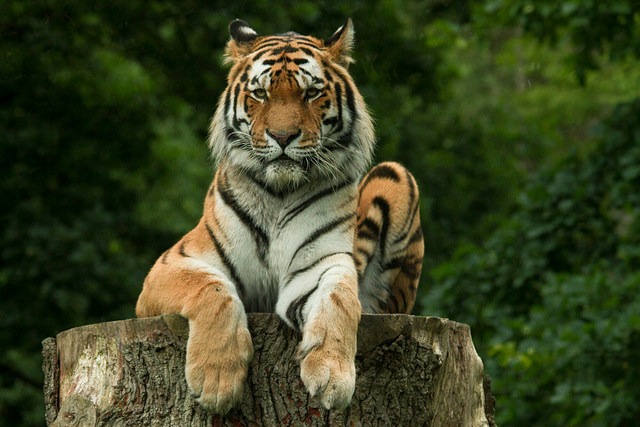File: Download
Year of Publication: 2019
Author(s): Sharif A. Mukul, Mohammed Alamgir , Md. Shawkat I. Sohel , Petina L. Pert, John Herbohn, Stephen M. Turton, Md. Saiful I. Khan , Shifath Ahmed Munim, A.H.M. Ali Reza, William F. Laurance
Journal: Science of the Total Environment
The Sundarbans, in southern coastal Bangladesh, is the world’s largest surviving mangrove habitat and the last stronghold of tiger adapted to living in a mangrove ecosystem. Using MaxEnt (maximum entropy modeling), current distribution data, land-use/land cover and bioclimatic variables, we modeled the likely future distribution of the globally endangered Bengal tiger (Panthera tigris tigris) in the Bangladesh Sundarbans. We used two climatic scenarios (i.e., RCP6.0 and RCP8.5) developed by the Intergovernmental Panel on Climate Change (IPCC) to provide projections of suitable habitats of Bengal tigers in 2050 and 2070. We also combined projected sea-level rise for the area in our models of future species distributions. Our results suggest that there will be a dramatic decline in suitable Bengal tiger habitats in the Bangladesh Sundarbans. Other than various aspects of local climate, sealevel rise is projected to have a substantial negative impact on Bengal tiger habitats in this low-lying area. Our model predicts that due to the combined effect of climate change and sea-level rise, there will be no suitable Bengal tiger habitat remaining in the Sundarbans by 2070. Enhancing terrestrial protected area coverage, regular monitoring, law enforcement, awareness-building among local residents among the key strategies needed to ensure long-term survival and conservation of the Bengal tiger in the Bangladesh Sundarbans.
The views and opinions expressed through the MAHB Website are those of the contributing authors and do not necessarily reflect an official position of the MAHB. The MAHB aims to share a range of perspectives and welcomes the discussions that they prompt.
